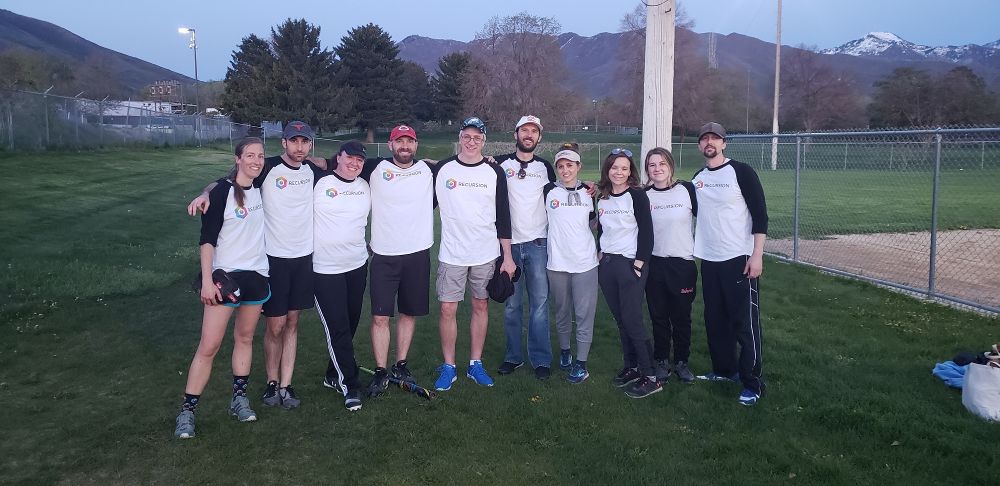 [dropcap size=”2″]BM[/dropcap]Analytics India Magazine: Can you brief us about the course curriculum and pedagogy of analytics education at your institute?
[dropcap size=”2″]BM[/dropcap]Analytics India Magazine: Can you brief us about the course curriculum and pedagogy of analytics education at your institute?
[dropcap size=”2″]AIM[/dropcap]Dr Bappaditya Mukhopadyay: At Great Lakes, there are two programs that devote significant resources on Analytics. Starting last year, we have introduced Analytics major in the flagship program, the One year PGPM, which is a full time program.
The other program, which was launched last year is an eleven months Executive Management Program in Analytics – PGPBA (Post Graduate Program in Business Analytics) focusing solely on training working professionals for Business roles in Analytics. PGPBA program is designed for professionals who are interested in building a career in Analytics and don’t want to quit their jobs. The program lasts for 11 months, with 240 hours of classroom contact and over 100 hours of online content. The candidates are also required to do an industry project wherein they will be jointly mentored by industry professionals as well as GLIM faculty. The industry relevant program content, application oriented pedagogy and flexibility keeping in mind the schedules of working professionals, have catapulted the PGPBA program to be one of the top 3 business analytics programs in the country.
[quote]What is common to both the programs are our emphasis on three skill sets- rigorous understanding of underlying concepts, hands on training in relevant software and packages and active industry interface.[/quote]
AIM: How is your institute different from other players in India providing analytics training and education?
BM: Our program has two distinct features that make us different from other programs. In terms of program content, our emphasis is more on building Analytics managers than modeling experts. Our extensive interaction with the industry made us realize that what the industry needs acutely is individuals who have the ability to convert unstructured to structured problem (most importantly understand which problem needs Analytics to solve and which doesn’t). Therefore, in our program we spend a considerable effort in making sure that the students understand the basic domain.
The second feature is our extensive industry interface. We ensure that the candidates get to interact a lot with the industry (approximately 60% of our classroom contacts will be done by industry experts). This is important, as Analytics often requires making the tradeoff- choose between extreme accuracy and what is deliverable and implementable. In my opinion, industry experts do it more efficiently than academia
AIM: What are the major obstacles facing education on data and analytics in India?
BM: I would pin it down to two things. The first is structural while the second is operational. Our education system has usually encouraged individuals to be excellent implementers. That helps in running models. However, very few students start to think how to convert an abstract problem to a solvable one. Most students struggle a lot initially just converting problems. They get too focused on the tools and techniques.
The second problem I feel is, for a subject that has to be hands on, availability of even training data acts as a major impediment. If only we can have a repository of actual data available to the students, the students can work on them and know exactly how they differ with their analysis and prescription than what the industry has already done. In other words, our education system and reluctance to share data often makes analytics programs a classroom exercise.
[pullquote align=”right”]
In terms of domain/functional exposure, about 40% of our candidates are from the technology sector, 23% are from analytics industry and another 22% are from Consulting. The rest of the batch is split across various other sectors such as Manufacturing, Healthcare, Supply Chain, etc.
[/pullquote]AIM: Can you let our readers know about the batch profile and the typical background of candidates that you admit?
BM: Since we keep very small batches for PGPBA across both Chennai and Gurgaon campuses, the selection process is highly competitive and we ensure that there is a lot of diversity in terms of work experience and domain exposure.
About 50% of our candidates are mid career professionals in the experience bracket of 6-12 years. Around 25% of our candidates are senior professionals like Business leaders, Entrepreneurs and CEOs with more than 12 years of experience. The remaining 25% of the batch consists of young professionals in the experience bracket of 2-5 years.
AIM: What do you see in a candidate as someone who can shape up as a leading analytics professional?
BM: Diligence. If you have a candidate who is willing to put in the hard work, cleaning and analyzing the data, she will go a long way. Almost everything can be taught except for the fact that the most menial of work (data cleaning) is the most important founding block.
AIM: How many students are you planning to train on analytics this year?
BM: We restrict our batch sizes to 30 students in Gurgaon and 50 students in Chennai. The reason why we keep small batches is to ensure maximum individual attention from faculty and industry alike. In term of an year round plan, we are planning to have two enrolment seasons every year – summer and winter intake – across both campuses.
AIM: What is your placement strategy of your students? Which typical recruiters do you expect to recruit from your analytics course?
 BM: We have been focused and driven to provide an industry relevant program in Analytics that is of immense tangible value to candidates and industry. Great Lakes’ PGPBA program has taken industry involvement to a new level wherein the program has industry led modules and courses that constitute over 50% of the classroom sessions. In addition to these industry led modules, we also have the industry-linked project that is mentored and evaluated jointly by Great Lakes and the industry.
BM: We have been focused and driven to provide an industry relevant program in Analytics that is of immense tangible value to candidates and industry. Great Lakes’ PGPBA program has taken industry involvement to a new level wherein the program has industry led modules and courses that constitute over 50% of the classroom sessions. In addition to these industry led modules, we also have the industry-linked project that is mentored and evaluated jointly by Great Lakes and the industry.
Through this industry-oriented pedagogy, we ensure that candidates get the opportunity to learn, interact and get evaluated by senior professionals from leading analytics companies. This platform and opportunity is what we believe the candidates need the most and is something that translates into tangible career outcomes and opportunities.
AIM: What are the most significant challenges you face in instrumenting an analytics course?
BM: Two words – ‘Relevance and Balance’.
The industry is dynamic. One has to be always able to incorporate what is relevant for not only now but for a few years ahead. Data that were earlier not available (or even conceivable) are now available. The issue is what to do with them? How do we bring the learnings to the classroom? There has to be a fine balance between how the candidates should be encouraged to think out of the box (converting unstructured problems to structured) and how to think in a focused way (apply the algorithms). This should be reemphasized with examples and case studies more frequently.
AIM: What is your projection of the growth of analytics education in the future?
BM: Already some projections exist. In my opinion this is going to play an integral part of technical education. However, to make the most of it, the foundation must start a little earlier than today. For example, right from the first brush with Statistics, things have to be done that makes students apply the concepts in a slightly abstract scenario. Gone are the days when more than half the time was spent on ‘how to calculate’. Instead what to apply and how to interpret should be the new mantra. This means, foundation for analytics must begin early. This means, by the time the students have finished their graduations, they are well trained in skill sets, it is only their application to specific problems that remain.
AIM: What according to are the most important rising trends in analytics today?
BM: The increasing trend that we are witnessing is undoubtedly unstructured data. The mere movement of a customer inside a departmental store, captured on CCTV says a lot. More and more effort is being made to capture unstructured data like that. Obviously, the surfing behavior is and will remain the most prominent feature that most analytics organizations will try to master.
AIM: Anything else you wish to add?
BM: One of the things which has always been on our minds is how best do we use Analytics to solve some of our problems? There is still a vast majority of Indians whose ‘data’ is not yet ‘captured’ in any form and hence are entirely outside the ambit of Analytics. How do we bring them in? It appears that we are in a classic dichotomy – we know almost everything about 20% of the population and nothing about the remaining 80%! For us, the more important issue is how do we capture the behavior of those left out? In other words, we have to start thinking of widening the analytics net not only in terms of how much of information we can capture of an individual but how many individuals. Otherwise, there is a fear of stagnancy!
[divider]
[spoiler title=”Biography of Dr Bappaditya Mukhopadyay” style=”fancy” icon=”plus-circle”]
Dr Bappaditya Mukhopadyay is the Program Director for Great Lakes’ Business Analytics Program. In addition to being a Professor in Finance and Economics at Great Lakes, Professor Bappaditya is also a Visiting Professor in the area of Applied Statistics and Risk Management to University of Ulm, Germany , SP Jain, IIM Kolkata and MDI Gurgaon. He is also a Special Invitee on Board for Risk Management Committee at Punjab National Bank & many more esteemed organisations. Dr Bappaditya is a PhD scholar from Indian Statistical Institute.[/spoiler]








































